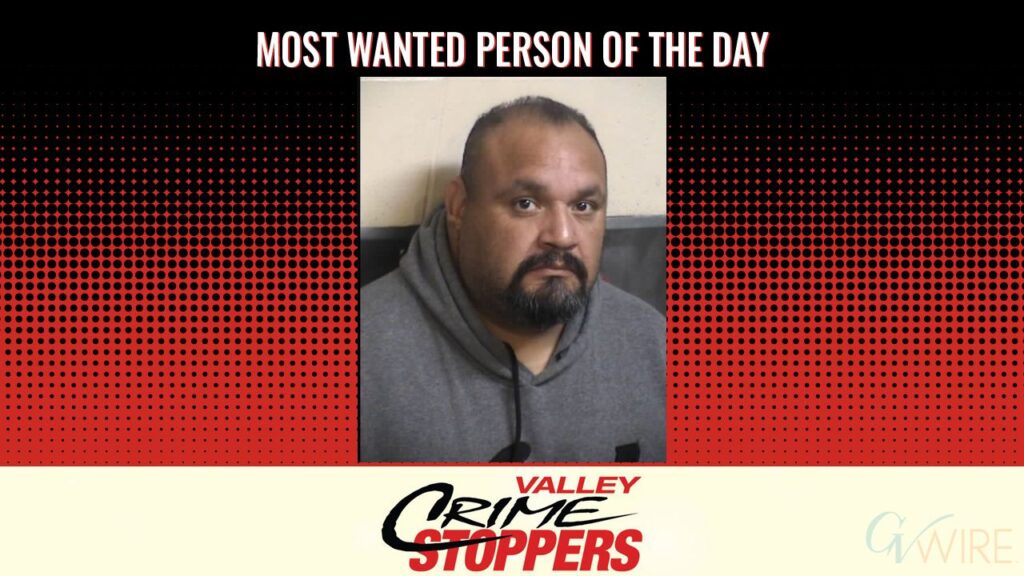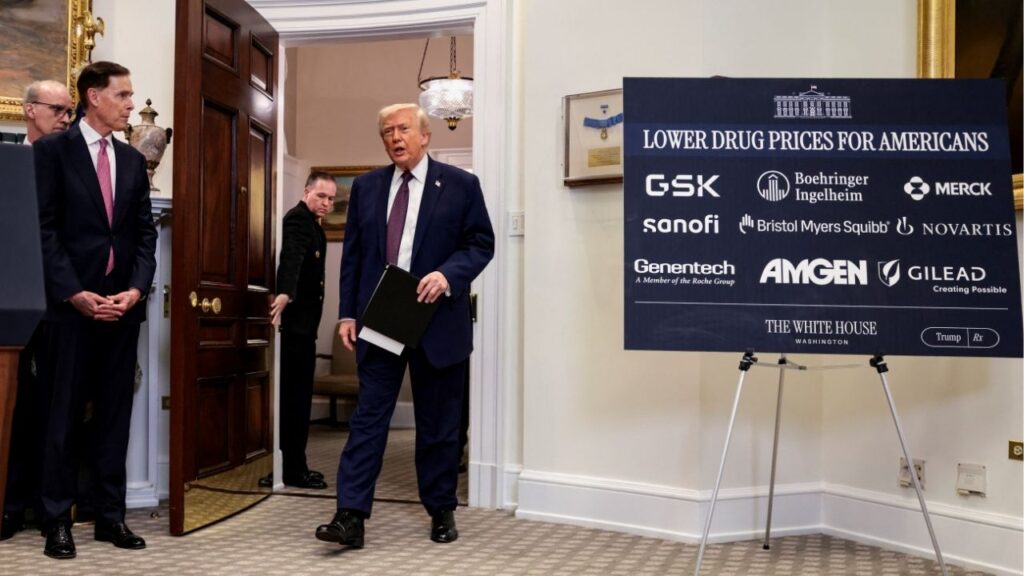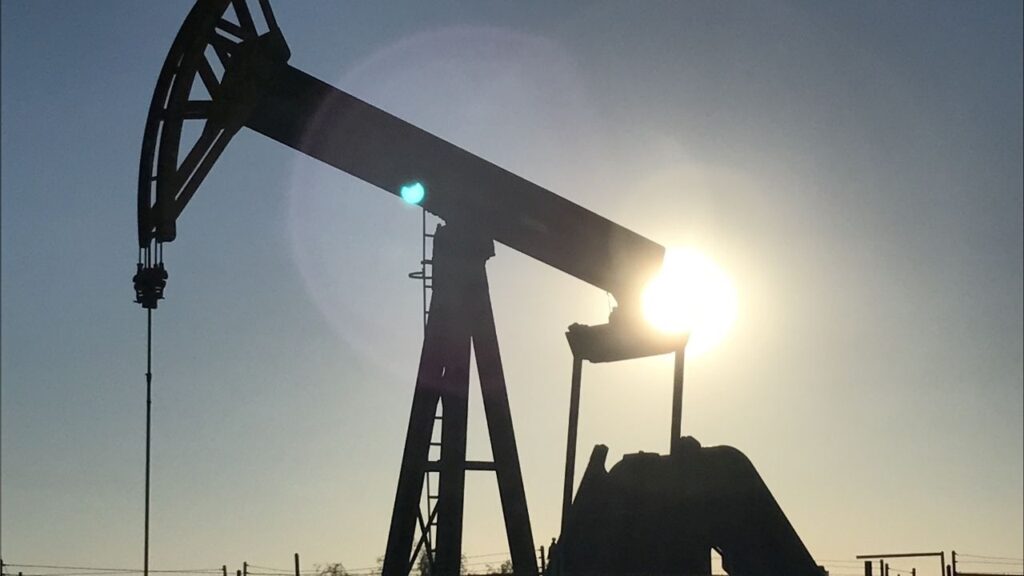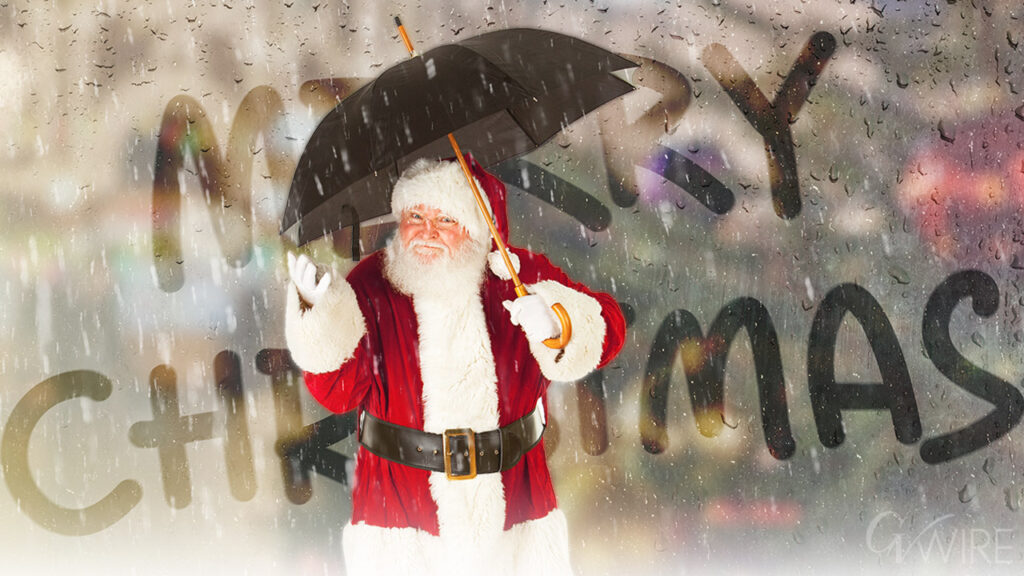Share
How will California ever finish high-speed rail when it can’t finish San Francisco’s Downtown Rail Extension?

Opinion
Joe Mathews
Twenty-three years ago, a restauranteur named Gavin Newsom was appointed to his first political gig, as a San Francisco parking-and-traffic commissioner. Back then, a top priority of San Francisco transportation officials was a proposed 1.3 mile-rail line called the Downtown Rail Extension, or DTX, to connect the city’s commuter rail station with downtown.
DTX Embodies California’s Transportation Failures
All these years later, DTX still is little more than a proposal, vital but unrealized. still. As such, it embodies the massive failure of transportation execution Newsom now confronts in California.
The history of the DTX also demonstrates that, for all the state’s struggles to build big infrastructure projects, California is even worse at the little stuff. We’ve constructed two rail lines that reach the edge of LAX, but don’t enter the airport. Disneyland has its own railroad and monorail but no rail link to the park itself. San Diego’s signature trolley doesn’t go to its world-famous zoo.
The mile-plus gap that DTX should fill — between where trains arrive in San Francisco and the city’s downtown Market Street corridor — has its origins in Civil War-era planning, and San Francisco has blown repeated opportunities to bridge it. The best chance to build a downtown rail station came after the 1906 earthquake, but it was dropped in the rush to prepare for the 1915 Panama-Pacific International Exposition.
The World’s Most Expensive Bus Terminal
By the mid-1990s, when Newsom was appointed to that San Francisco commission, it appeared that the DTX’s time had finally come. In 1999, San Francisco voters approved Proposition H, which mandated the extension finally be built, to connect commuter rail to a planned Transbay Transit Center downtown. During the campaign, the rail extension’s cost was estimated at $600 million.
Over the next decade, plans were refined. And in 2010, ground broke on the Transbay Transit Center. But the transit center ran so over budget that it ended up grabbing the $600 million intended for DTX. Newsom’s successor as mayor, Ed Lee, stalled the project by proposing a new path for the extension so that it would reach new housing developments and a new basketball arena. A study of possible paths was supposed to take eight months but took 5 years.
The Transbay Transit Center opened in 2018, as the world’s most expensive bus terminal. It has no rail link because construction on DTX still hasn’t started.
During the last 23 years — a period in which Newsom launched his political career, got married, was elected mayor, got divorced, got remarried, was elected lieutenant governor, had four kids, and got elected governor — a rail project of just 1.3 miles has gone exactly nowhere. The best-case scenario is that DTX would open in 2027 — a year after Newsom would leave office if he serves two terms.
Newsom Squeaks Like a Mouse on Infrastructure
This may tell us something about Newsom’s deep skepticism about high-speed rail and other transportation projects. For all the governor’s lion-like roars about the need for transformational projects in health care, education, and housing, he has squeaked like a mouse when it comes to infrastructure.
Since he first encountered DTX as a rookie public official, Newsom has seen some projects progress with struggle (like the Central Subway in San Francisco) while others failed. And he’s seen newly elected officials intervene to impose their own vision on major construction projects. Governors Pete Wilson and Arnold Schwarzenegger both stalled the new east span of the Bay Bridge to reconsider it — in the process adding to delays on the scandalously expensive project. The east span was such a disaster that Gov. Jerry Brown and other top officials wouldn’t attend its 2013 opening. It was left to Newsom, then the lieutenant governor, to handle the ceremony.
There are huge lessons to be drawn from California’s transportation failures, large and small. Every project needs a clear and accountable champion. Successful projects require dedicated staffs with technical expertise and real power; too many projects rely on too many expensive and unaccountable outside consultants. Such projects need realistic budgets, more financial commitment from taxpayers, and far greater urgency. DTX has none of these things.
DTX’s Latest Pricetag Is $6.1 Billion for 1.3 Miles
Neither does high-speed rail. And if the bullet train ends up diminished or dead, Newsom can console himself with this: It won’t be nearly as bad a failure as DTX. The latest estimates for that 1.3-mile project, which includes a couple of new stations, have ballooned to $6.1 billion.
High-speed rail may be an $80 billion project, but if it were as expensive per-mile as DTX, connecting Los Angeles to San Francisco would cost over $2 trillion.
About the Author
Joe Mathews writes the Connecting California column for Zócalo Public Square.
Categories

Valley Crime Stoppers Seeks Man Wanted for DUI

Clovis Police Step Up DUI Patrols Friday

















